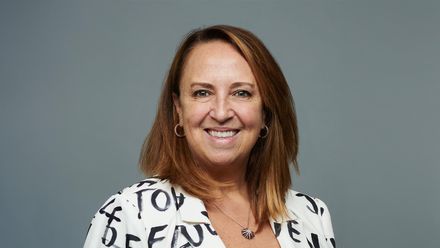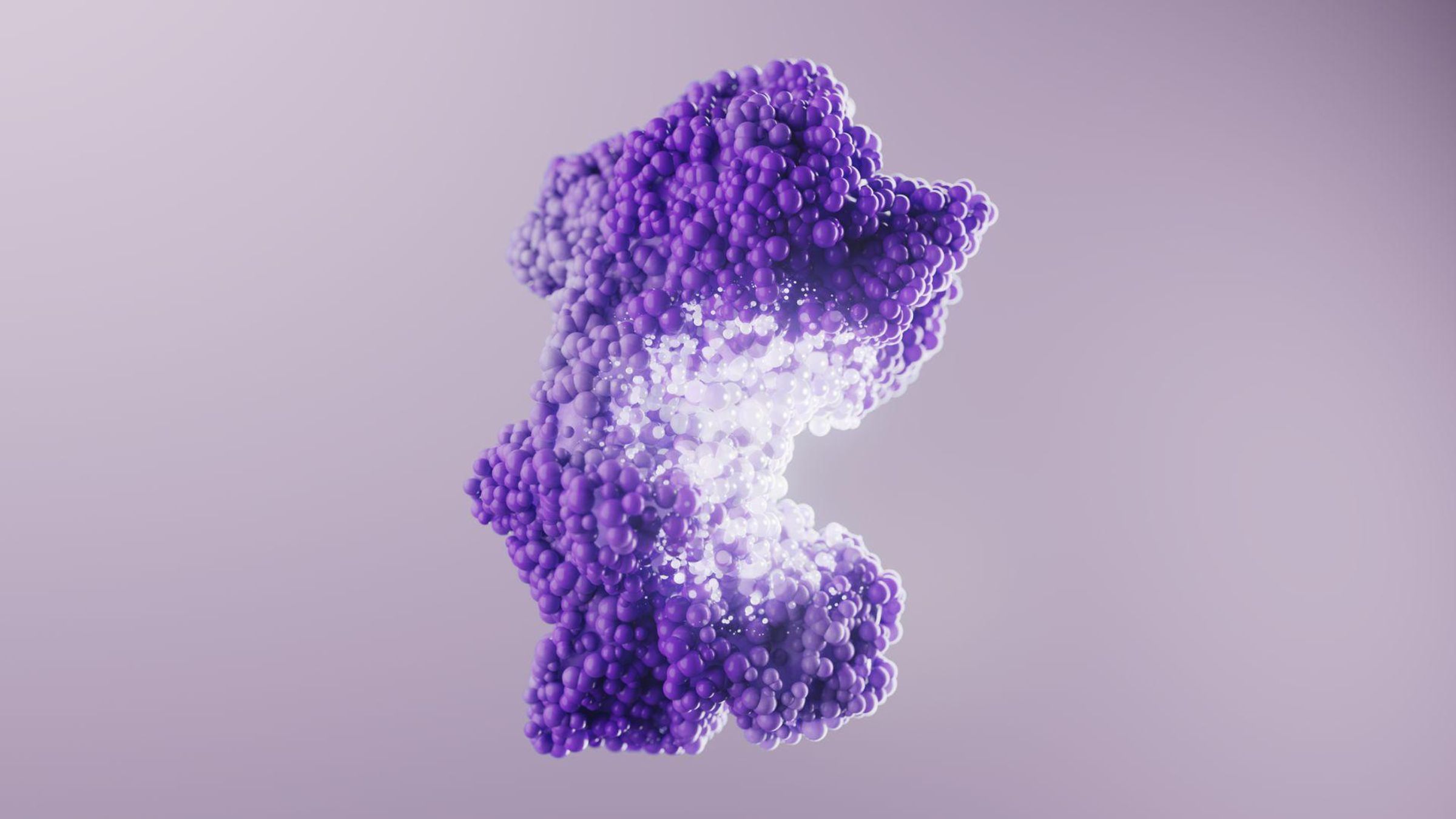We help enable fulfilling futures for extraordinary people, no matter how rare their condition.
People diagnosed with a rare disease are not defined by it. By listening to and learning from patients we can improve the lives of individuals and families throughout the world.

Burcu Eryilmaz
Global Head of Rare Diseases at Sanofi
Did You Know?
7,000
known rare diseases affect 400 million patients and their families worldwide.1
40
years we have dedicated to patients, families, and healthcare providers struggling to diagnose and manage rare diseases
6
rare disease communities are supported by our global humanitarian aid program and rare disease registries program2

An Enduring Commitment to Better Care For Rare
Each person living with a rare disease has different needs. Symptoms and complications can vary greatly and even be life-threatening, with few, if any, treatments available.
We chase the miracles of science to develop new medicines and transform lives.
We are proud to have launched groundbreaking medicines for Gaucher disease, Pompe disease, Fabry disease, mucopolysaccharidosis I (MPS I) and acid sphingomyelinase deficiency (ASMD), and we continue to help redefine standards of care for these conditions.

Our Rare-Disease Pipeline
Our foundation in rare disease is lysosomal storage disorders (LSDs): a group of rare genetic conditions caused by enzyme deficiencies.3 Our pipeline today encompasses not only many lysosomal storage disorders, but also several other types of rare diseases.
We know that improving the standard of care is both a marathon and a sprint. That’s why we never stop innovating and collaborating to advance scientific understanding.

Building Community, Building Knowledge
We support online services that help people share information about their rare disease experiences.
Disease registries build collaboration and help patients, doctors, and researchers understand rare diseases better. That’s how they can improve diagnosis and care.
Our Latest Stories

December 17, 2025
The Cause of COPD You Don't Know: Alpha-1 Antitrypsin Deficiency
References
- International Federation of Pharmaceutical Manufacturers and Associations (2017) Rare diseases. Accessed 14 October 2022
- Our Rare Humanitarian program supports people managing Gaucher disease, Fabry disease, Pompe disease, Acid Sphingomyelinase Deficiency (ASMD) and Mucopolysaccharidoses (MPS) I and II. (MPS II support in Sanofi territories only). We sponsor rare disease registries for Gaucher disease, Fabry disease, Pompe disease and Mucopolysaccharidoses I.
- Clarke JTR (2017) Lysosomal Storage Disorders. Published on the National Organization for Rare Disorders website. Accessed 14 October 2022
Page updated Novembre 2023


